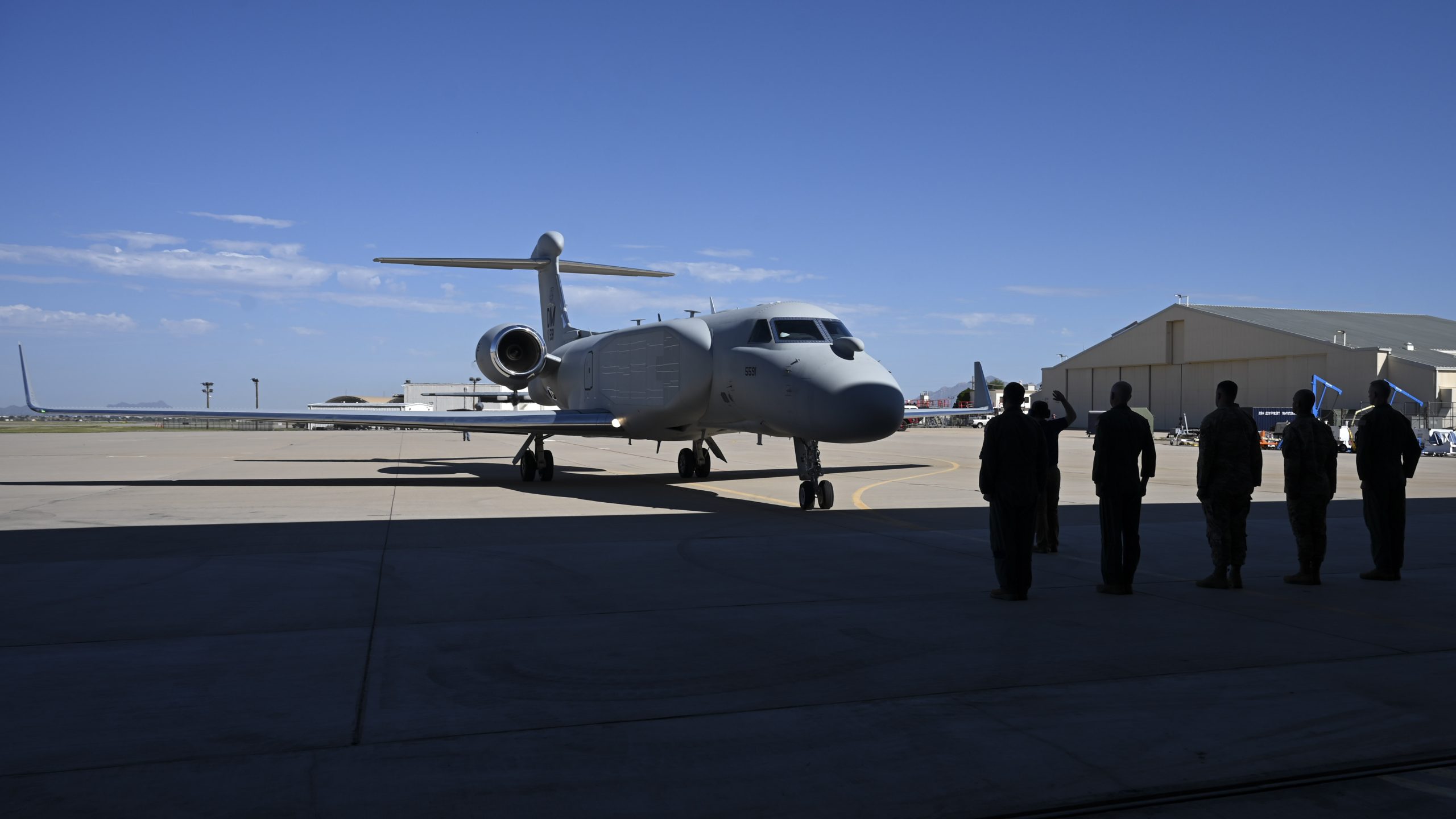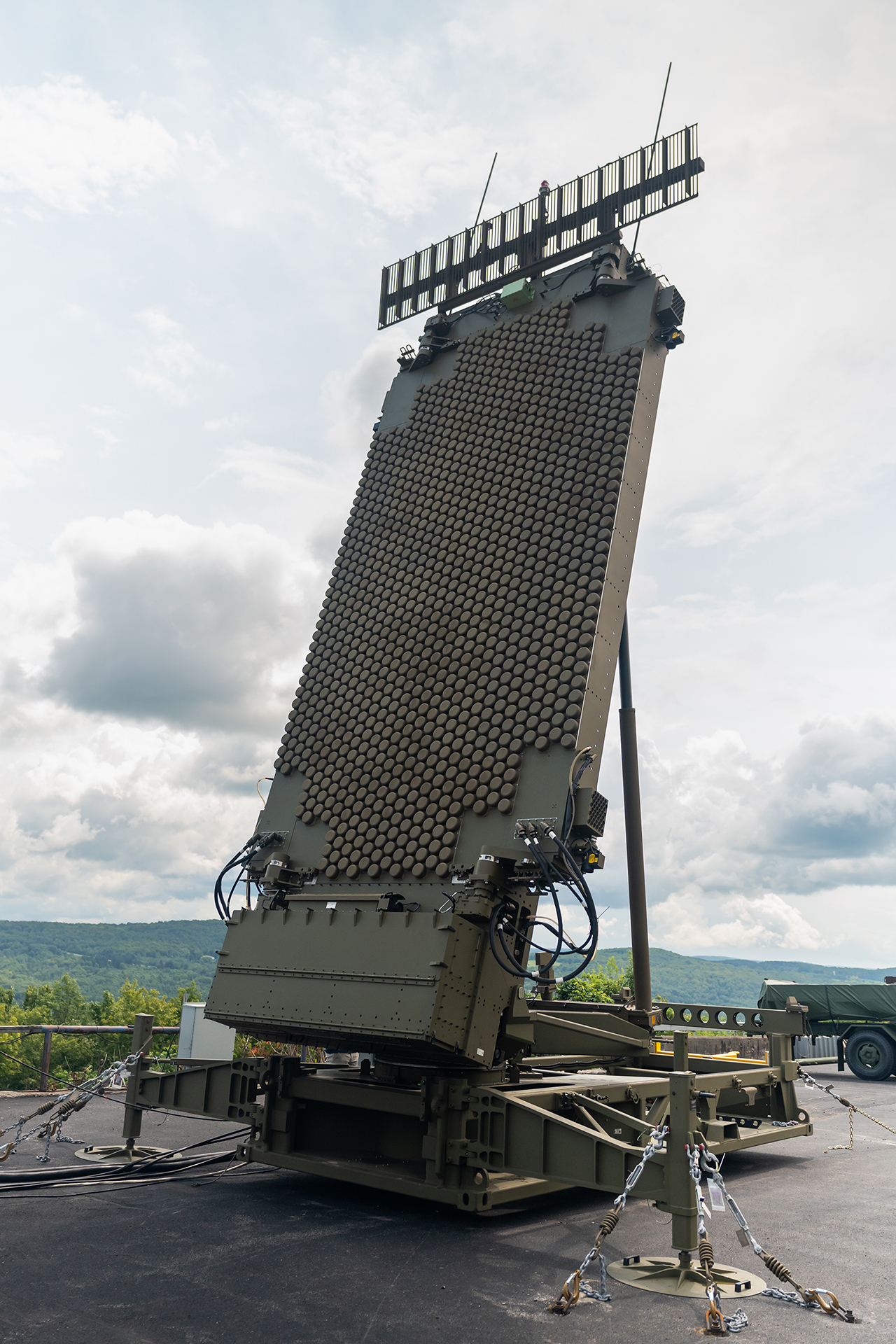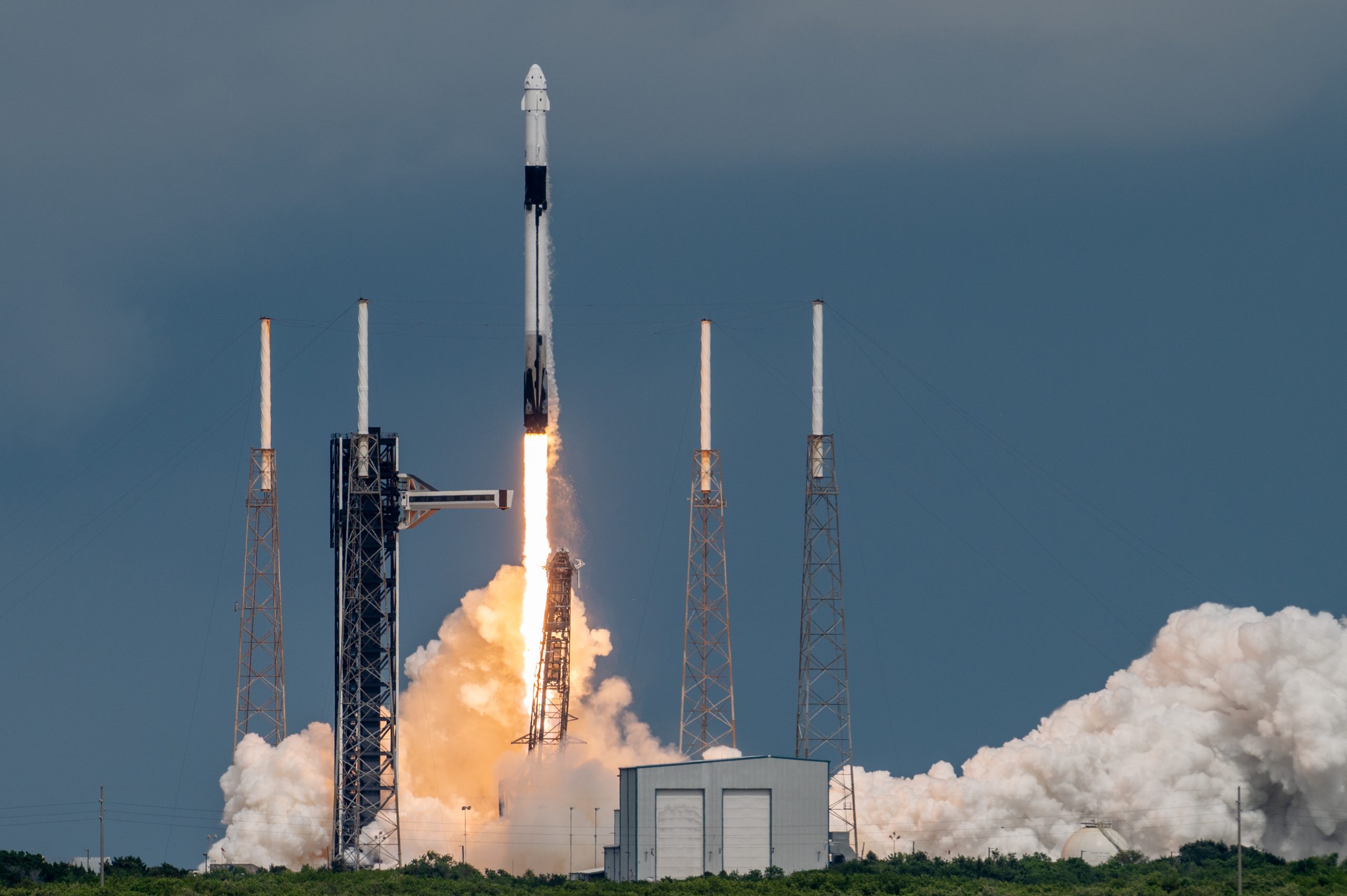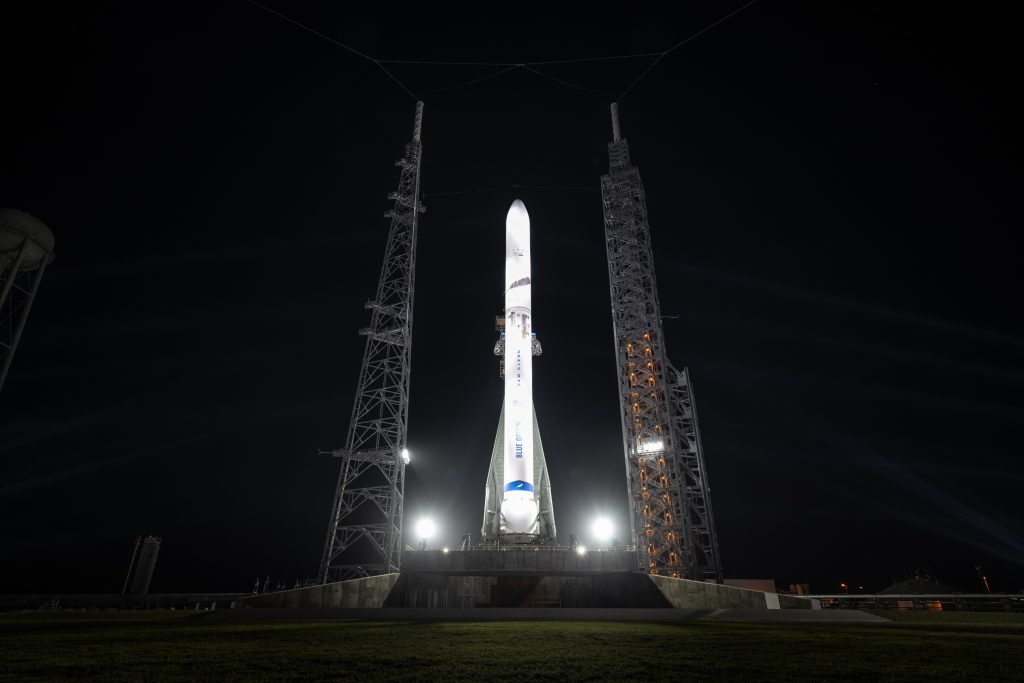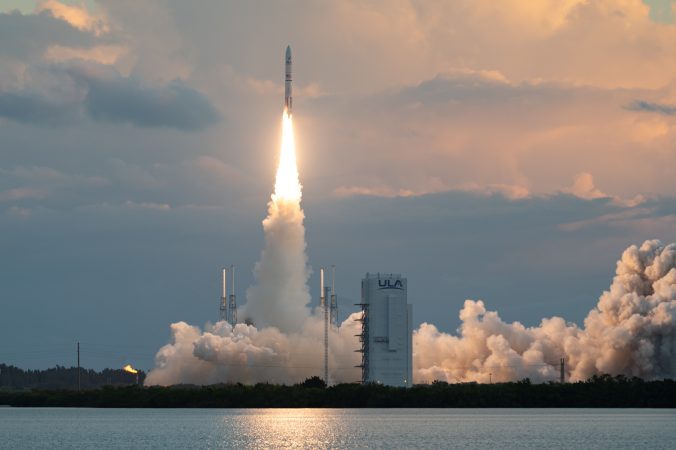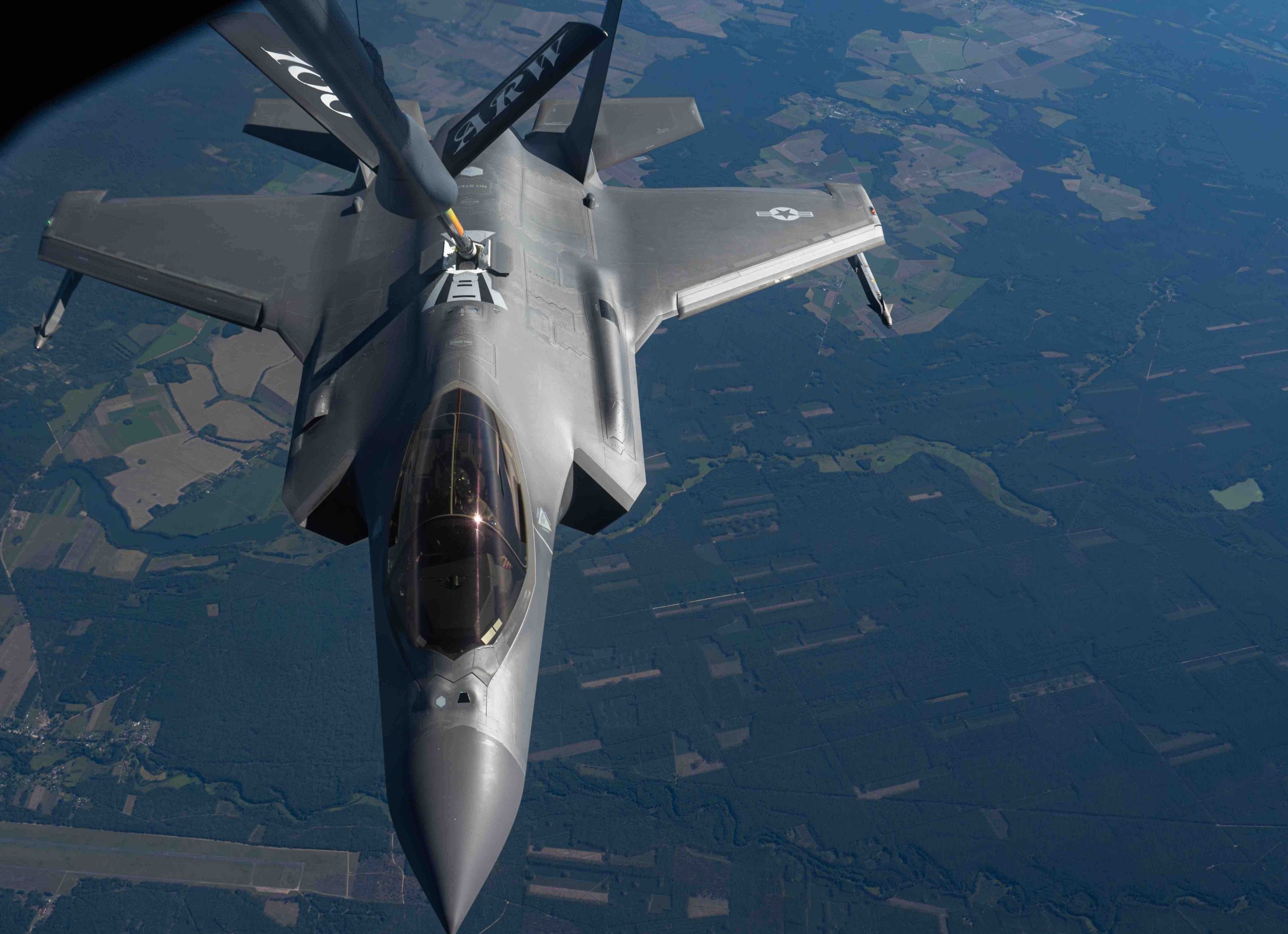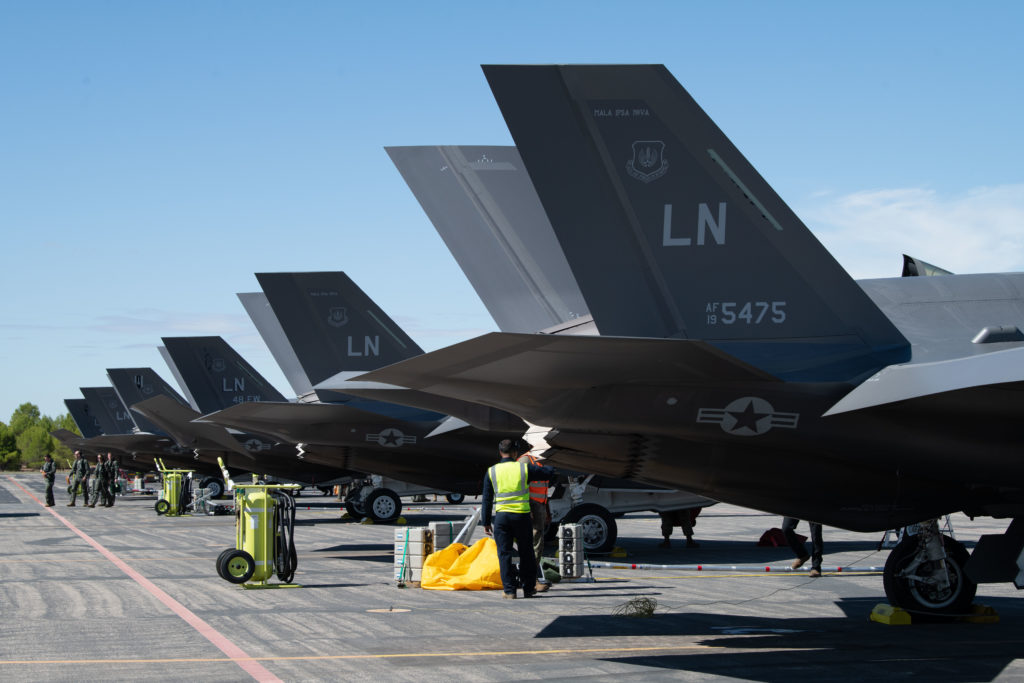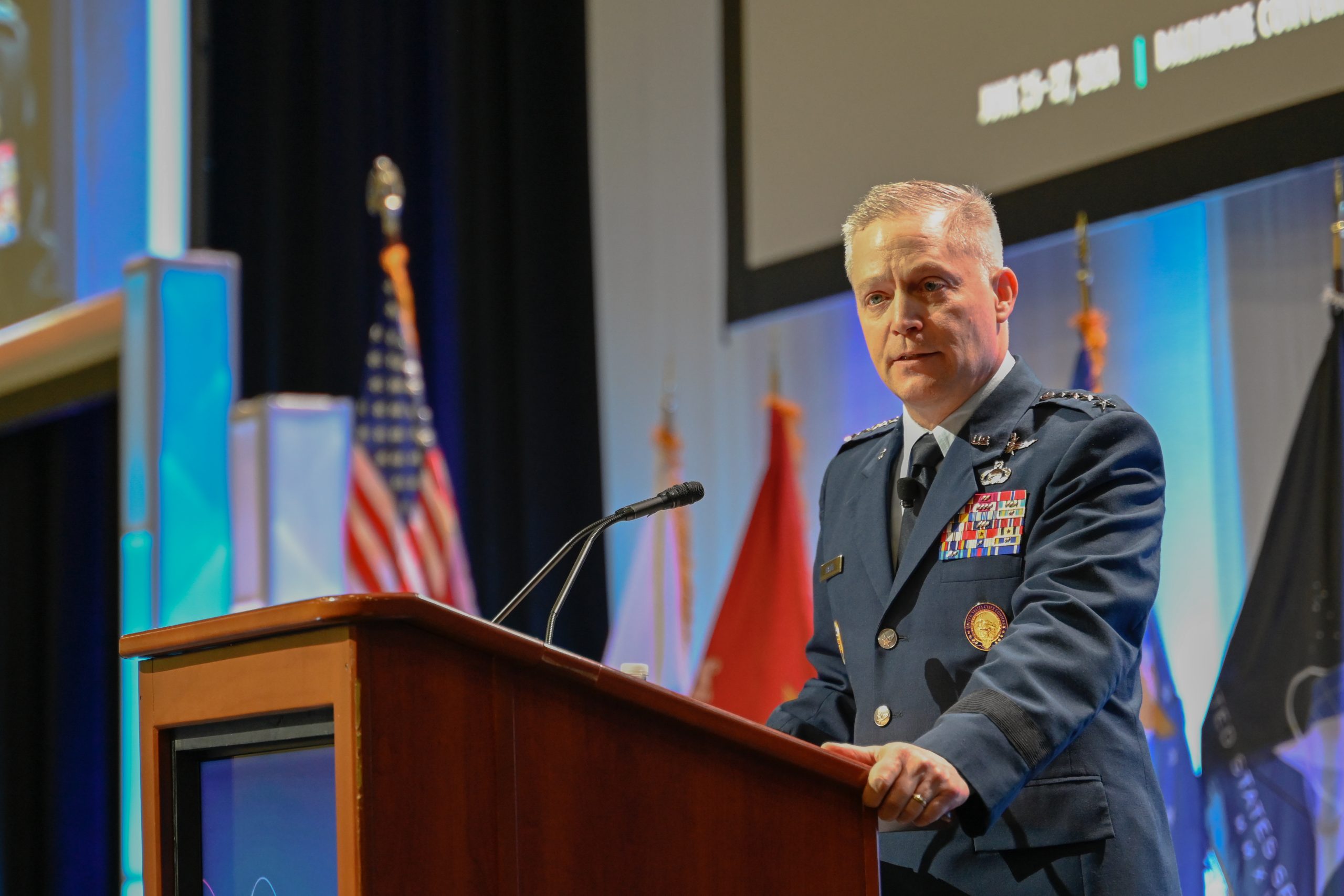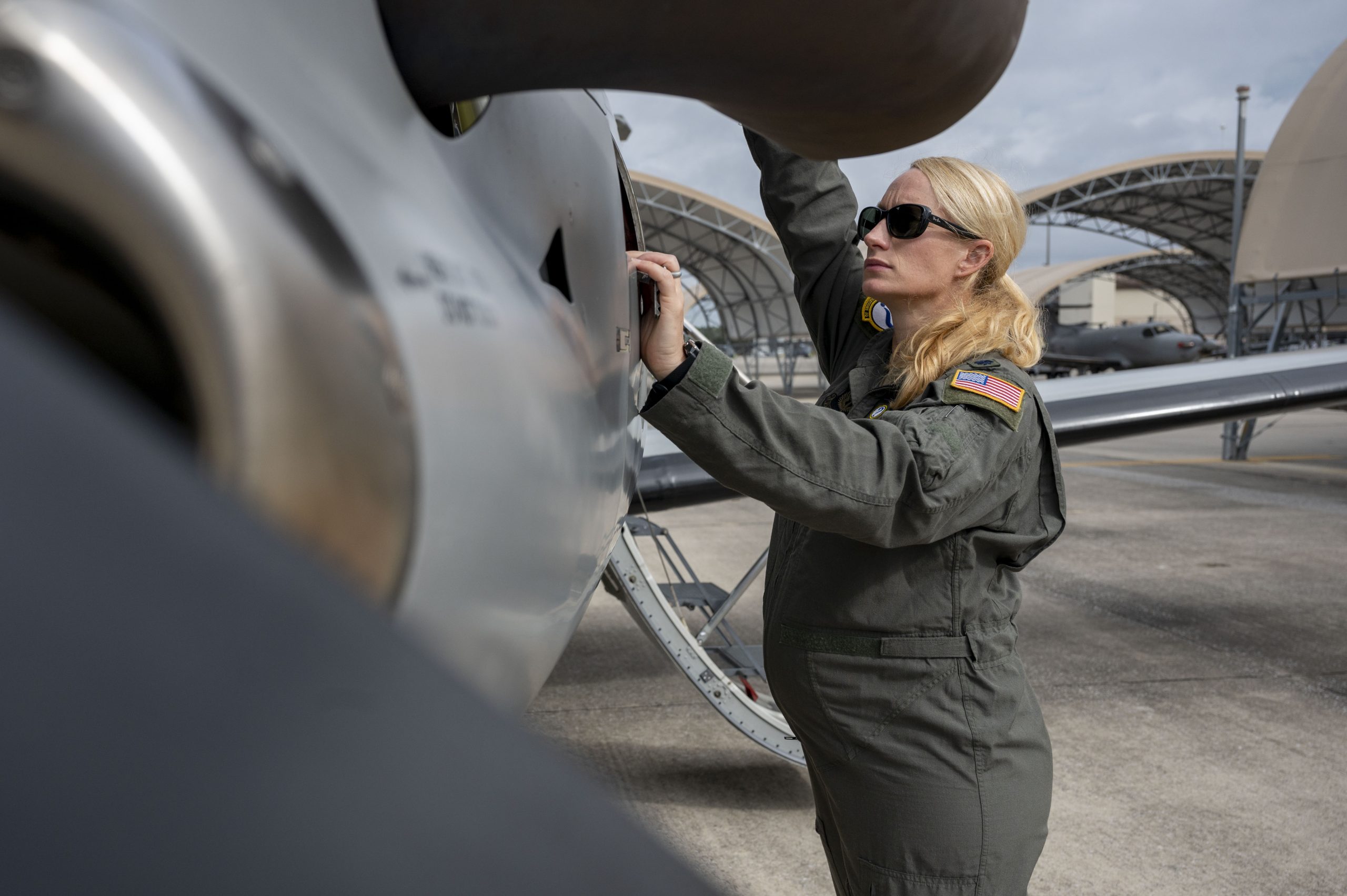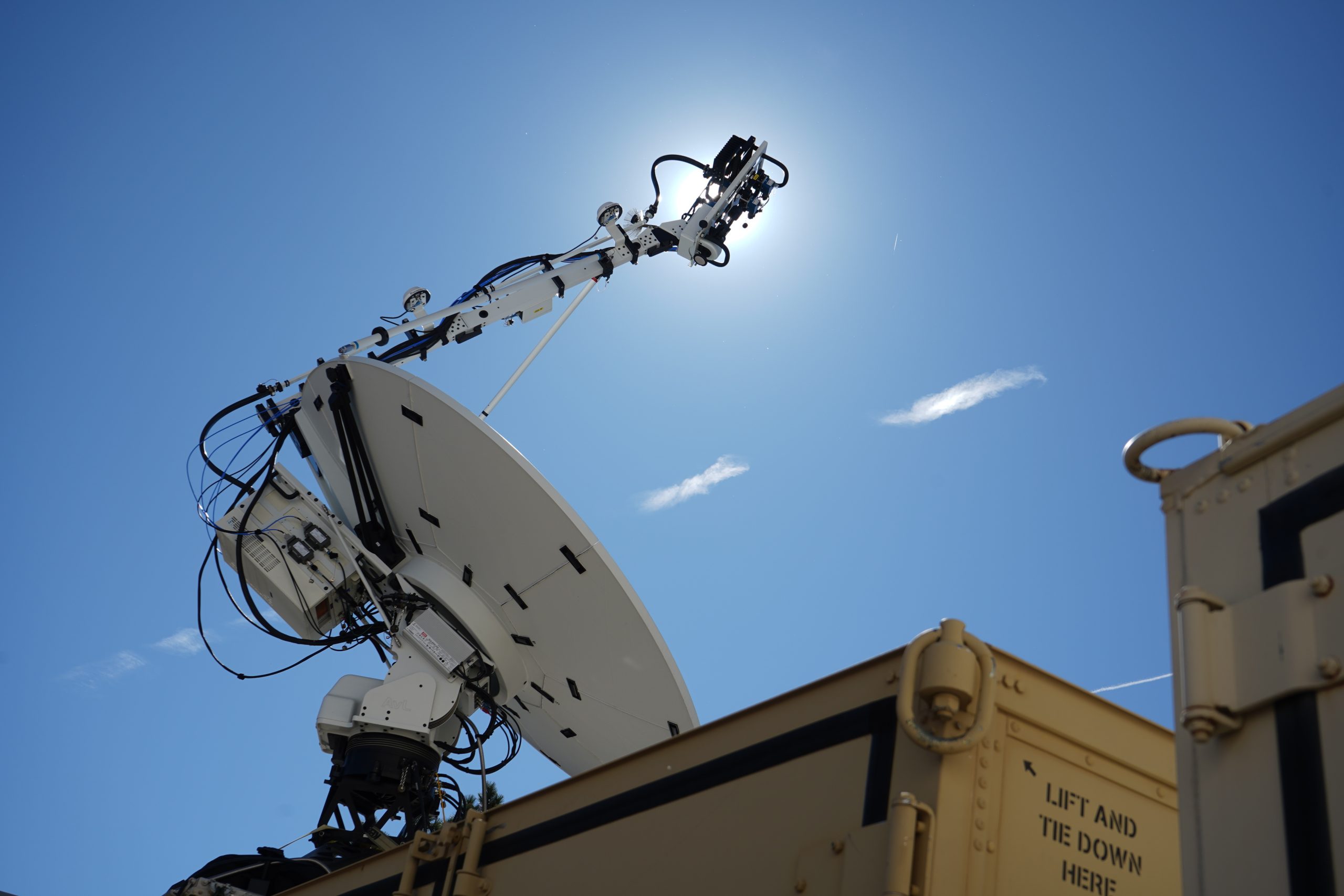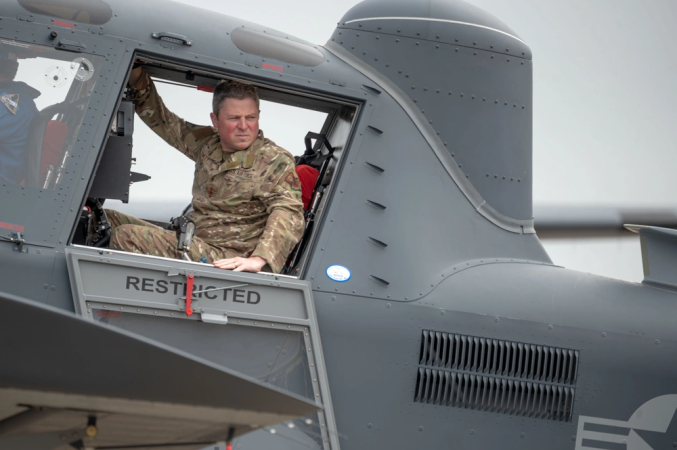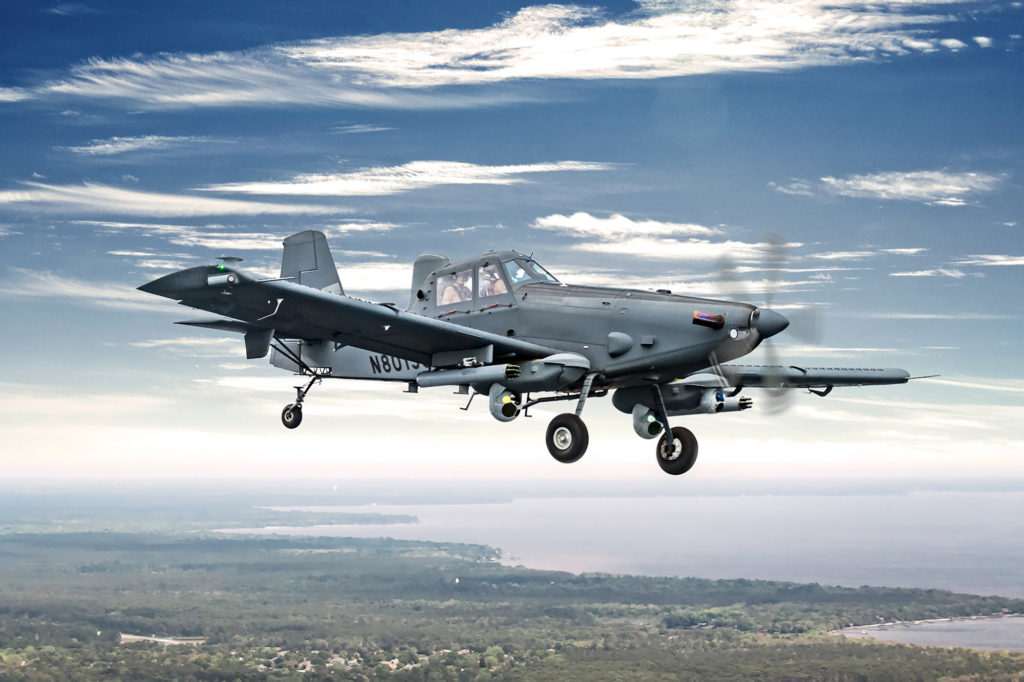The Air Force may need more EA-37B electronic attack aircraft than the 10 it is currently planning to buy, industry officials said April 7, suggesting the service is re-looking at its requirements.
Should the service decide it wants more planes but can’t afford them within its near-term budget, executives from contractors L3Harris and BAE Systems pointed to the Air Force’s annual “wish list” of unfunded priorities as a way to keep production going.
The EA-37 is based on a Gulfstream G550 jet and outfitted with electronic warfare equipment from BAE, while L3Harris is the integrator. The Air Force is buying the jet to replace its aging fleet of 15 EC-130H Compass Call aircraft by reconfiguring the equipment removed from the EC-130s and installing it in the new aircraft.
Originally, the Air Force set a requirement of 12 EA-37s. That figure was later trimmed to 10 because of budget pressures, but a team of L3Harris and BAE officials said studies have shown a need for as many as 20 EA-37Bs. The jet will perform jamming, electronic attack, suppression of enemy air defense and, potentially, management of Collaborative Combat Aircraft.
Doubling the size of the fleet might be ambitious, but officials said “what we have been hearing” from the Air Force and operators “is that 10 is not enough,” said David Harrold, BAE’s vice president and general manager for countermeasures and electromagnetic attack solutions.
There appears to be at least some appetite on Capitol Hill for more of the aircraft. In 2019, lawmakers accelerated the program by providing extra funds to buy two aircraft, and in 2022, some members of Congress supported language in the National Defense Authorization Act that would have included four extra EA-37 jets.
Should that happen, however, the Air Force has little time to waste—any delays in procurement might force a gap in production, adding cost and time to deliveries, said Jason Lambert, L3Harris’ president of intelligence, surveillance and reconnaissance systems.
“We’ve looked at a model that said, ‘what would it look like if we had four…ordered in [fiscal year 2027]?’ And that would actually create a bit of a gap for the line,” he said. No new aircraft were requested in the fiscal 2025 budget, and the 2026 request has not been revealed.
“Obviously, we want to keep the line activated and hot,” Lambert added, “so we had an alternate proposal that actually looks at two aircraft going under the Unfunded Priority List, if that were to happen, in ‘26 and then another two in ’27,” he said.
The Air Force Unfunded Priorities List has included new aircraft in the past, though not in the last two years. Budget caps limited the service’s request in 2025, and the funding level for 2026 is unclear, but the Air Force has a host of modernization programs competing for limited resources.
“We’re very cognizant of the priorities and budget challenges that our customers going through,” Lambert said. “So what we’re trying to do is understand their pressure points and offer up … the art of the possible, based on a funding line at this time frame versus another time frame. So we’re trying to give options that don’t cause pain to industry or cause additional challenges for our customers.”
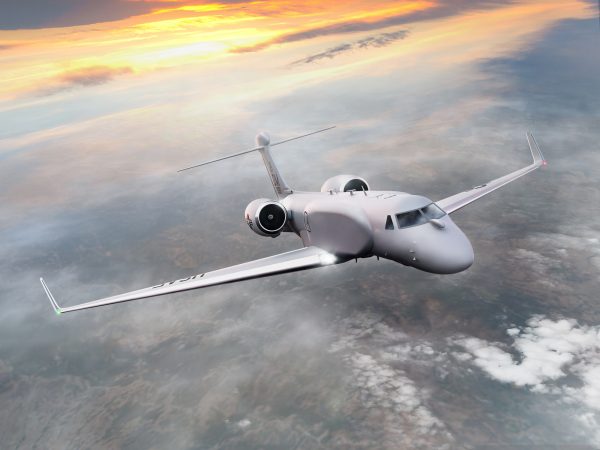
The proposed additional buy takes into account potential foreign interest, including a request from Italy for “a number of these platforms,” Harrold said. The team sees worldwide interest for about 20 additional airplanes beyond the Air Force’s current requirement for 10; many of these potential customers are in the Indo-Pacific region, the executives said.
The G550 is out of production. The Air Force got the last few that were built new; the rest are used aircraft that have been zero-timed through inspections and refurbishment by Gulfstream, in a process that takes about 18 months. The companies could not immediately provide the exact number of new versus used in the Air Force buy.
There are plenty of G550s available for conversion, Lambert said.
“At any point in time, there’s typically 20 to 25” G550 aircraft “that would be potential donor candidates” to host an EA-37B’s systems, mostly from among private owners who are looking to trade up to something larger. Those to be used for the EA-37B are “hand picked” for the program, he said; then have their interiors removed and aperture windows cut in by Gulfstream at its Savannah, Ga., facilities.
Gulfstream will “bring that back to the identical configuration, as if it came off the production line,” he said.
It then reconfigures the airplane with the outer mold line of the EA-37B, with its oversized, bulbous nose and “cheek” arrays and then sends it on to BAE and L3Harris, which install the electronic warfare equipment.
“One thing we have looked at is, the Air Force itself owns other G550s,” Harrold said, “so they could…make a corporate decision to reallocate those aircraft” to become Compass Call IIs.
Given that the EC-130 Compass Call equipment was supposed to be ported to the EA-37B, the team was asked how it could expand production beyond the number of EC-130s available as mission systems donor aircraft.
“We call it the cross-tech program,” Harrold said, and in the process of moving from the EC-130 to the EA-37B, which is a smaller aircraft, “we have gone to a different size, weight and power [and] form factor for this platform.” It has a software-defined radio and an open architecture, and “we’re doing all the kinds of things to reduce LRU [Line Replaceable Units] where possible, and to streamline and maximize COTS [Commercial, Off-the Shelf] where it makes sense, with that swap in mind.” He added that they will “find ways to maximize the hardware and software from a domestic versus an FMS variant where possible, so that we can drive that efficiency.”
The first EA-37B is in test and four more have been delivered, performing training and other preparatory functions, but not yet flying operational missions. The remaining five are to be delivered by 2027. Davis-Monthan Air Force Base, Ariz., is the operating location for the EA-37B.
